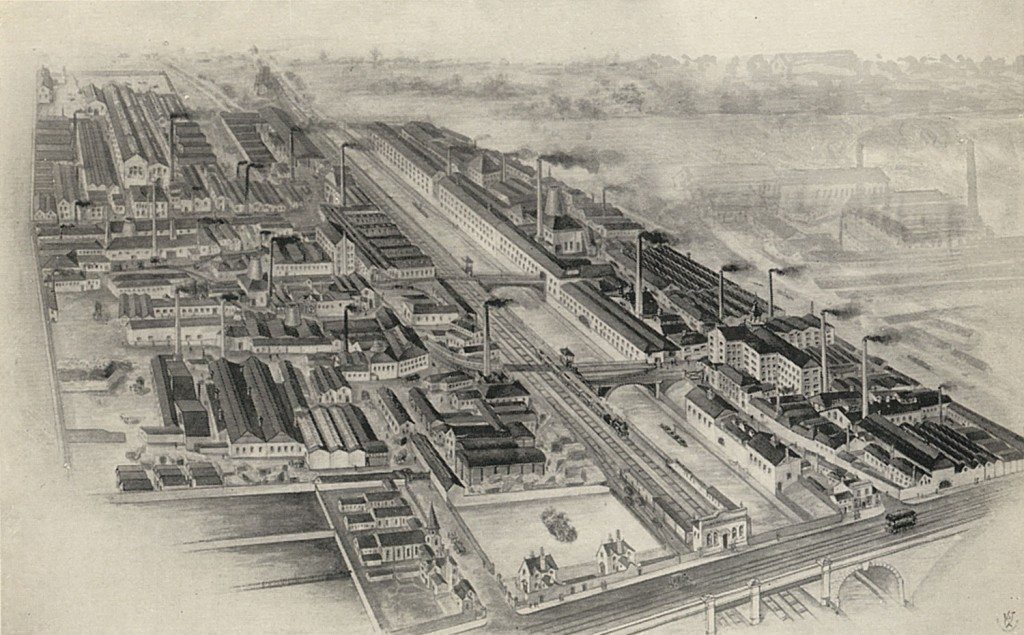The Smethwick Glass Works of Chance Brothers, West Midlands
Image: The Glass and Lighthouse Works at Smethwick in the early 20th century. Glass cones can be seen at various locations across the site. Chance Brothers & Co., Limited, 100 Years of British Glass Making 1824-1924 (Smethwick and Glasgow, Chance Brothers & Co., 1924).
Following images from: Broadfield House Glass Museum, Kingswinford, Dudley, West Midlands
Summary:
These photographs were taken by Arthur Reeves, a former employee of Chance Brothers Smethwick in the 1940s. They were digitised from 30 slides which Mr Reeves deposited at Broadfield House Glass Museum, Kingswinford, Dudley in the West Midlands during 1984. Mr Reeves provided descriptions to accompany the images which are included in this exhibition with minor alterations. Most of the images show glass houses, furnaces and other factory equipment at the factory dating from the mid 19th century. Demolition in the 1940s provided a record of their internal construction and the industrial processes they housed to make crown glass, plate glass and optical glass.
Chance Brothers was founded in 1824 in Spon Lane, Smethwick. During the 19th century it became one of the most important glassworks in Britain. It manufactured sheet glass, including the panes for the Crystal Palace of 1851, window glass in different colours and optical glass including the lenses for lighthouses. Chances pioneered new ways of making glass and many of the images provide evidence of innovative practices. One 20th century example shows the welding of a cathode ray tube used for radar detection (number 9). Fire was a constant hazard and Chances created a fire brigade at the works in 1848 (number 4).
Next in this section »Continue browsing this section
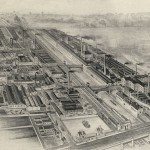 The Smethwick Glass Works of Chance Brothers, West Midlands
The Smethwick Glass Works of Chance Brothers, West Midlands
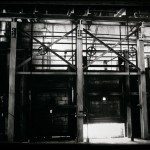 Optical Department: Two Pot Furnace
Optical Department: Two Pot Furnace
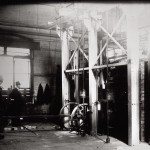 Optical Department: Pot being set into a Furnace
Optical Department: Pot being set into a Furnace
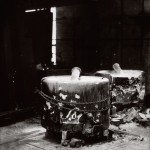 Optical Department: Open Pots after Cooling
Optical Department: Open Pots after Cooling
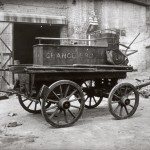 Works Fire Engine
Works Fire Engine
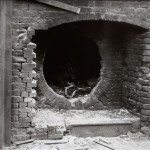 Glory Hole (1852-54) for Crown Window Glass Production
Glory Hole (1852-54) for Crown Window Glass Production
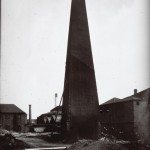 Rectangular Chimney built for Glory Hole
Rectangular Chimney built for Glory Hole
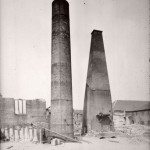 Rectangular Chimney for Glory Hole and Circular Chimney
Rectangular Chimney for Glory Hole and Circular Chimney
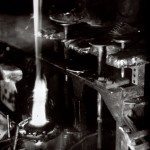 Globe Department: the Glass Blower
Globe Department: the Glass Blower
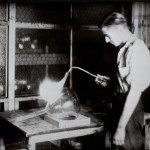 Globe Department: Welding a Cathode Ray Tube
Globe Department: Welding a Cathode Ray Tube
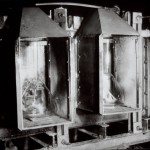 Globe Department: Testing Radar or Cathode Ray Tubes
Globe Department: Testing Radar or Cathode Ray Tubes
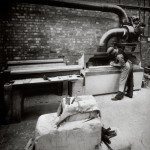 Stonemason’s Shop: Dressing a Rolled-plate Machine Sill
Stonemason’s Shop: Dressing a Rolled-plate Machine Sill
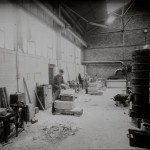 Stonemason’s Shop: Mason’s Shaping Refractories by Hand
Stonemason’s Shop: Mason’s Shaping Refractories by Hand
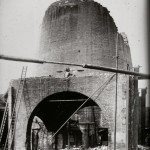 Demolition of House Cone No 10
Demolition of House Cone No 10
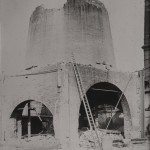 Demolition of House Cone No 10
Demolition of House Cone No 10
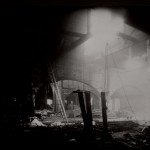 Demolition of Glasshouses No 3, 8 and 12
Demolition of Glasshouses No 3, 8 and 12
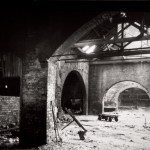 Demolition of Glasshouses No 3, 8 and 12
Demolition of Glasshouses No 3, 8 and 12
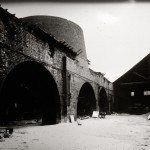 The Last Cone No 12 built at Chance Brothers, Smethwick
The Last Cone No 12 built at Chance Brothers, Smethwick
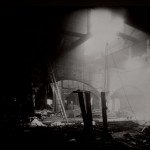 Demolition of Glasshouses No 3, 8 and 12
Demolition of Glasshouses No 3, 8 and 12
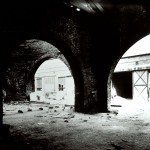 Demolition of No 12 Glasshouse
Demolition of No 12 Glasshouse
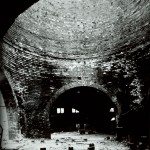 Demolition of No 12 Glasshouse
Demolition of No 12 Glasshouse
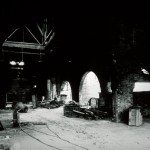 Demolition of No 10 Glasshouse
Demolition of No 10 Glasshouse
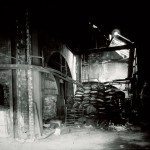 Demolition of No 10 Glasshouse
Demolition of No 10 Glasshouse
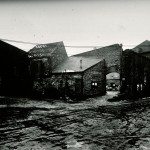 Buildings Containing Furnaces
Buildings Containing Furnaces
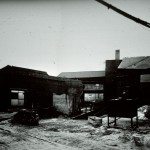 Back of No 6 Glasshouse
Back of No 6 Glasshouse
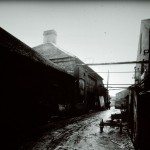 Warehouses and Globe Department
Warehouses and Globe Department
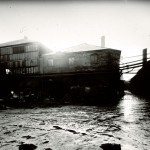 Buildings before Demolition
Buildings before Demolition
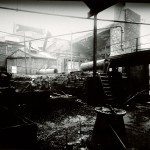 View of No 6 Glasshouse
View of No 6 Glasshouse
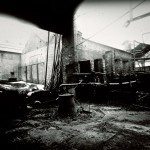 View of Coal-feeding Hopper
View of Coal-feeding Hopper
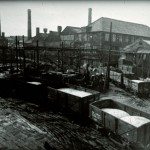 Various Buildings at Chances Glassworks
Various Buildings at Chances Glassworks
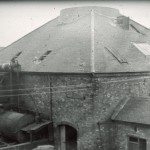 Truncated Cone belonging to 1834 Pot Furnace
Truncated Cone belonging to 1834 Pot Furnace
Sources and Further Reading
Chance Brothers & Co., Limited, 100 Years of British Glass Making 1824-1924(Smethwick and Glasgow, Chance Brothers & Co., 1924).
Chance Brothers & Co., Limited, Typical Illustrations of the Lighthouse Work of Chance Brothers & Co., Limited, Smethwick, Birmingham, (Chance Brothers & Co., Limited, Smethwick, Birmingham, December 1919).
Chance, James Frederick, A History of the Firm of Chance Brothers and Co. (London, Spotiswoode, Ballantyne and Co Ltd, 1919).
Chance, James Frederick, The Lighthouse Work of Sir James Chance, Baronet (London, Smith Elder, 1902).



